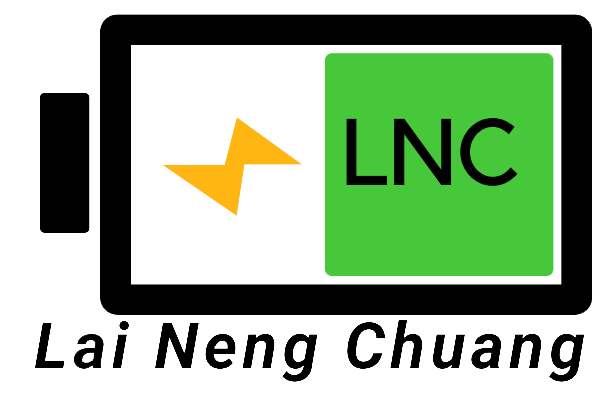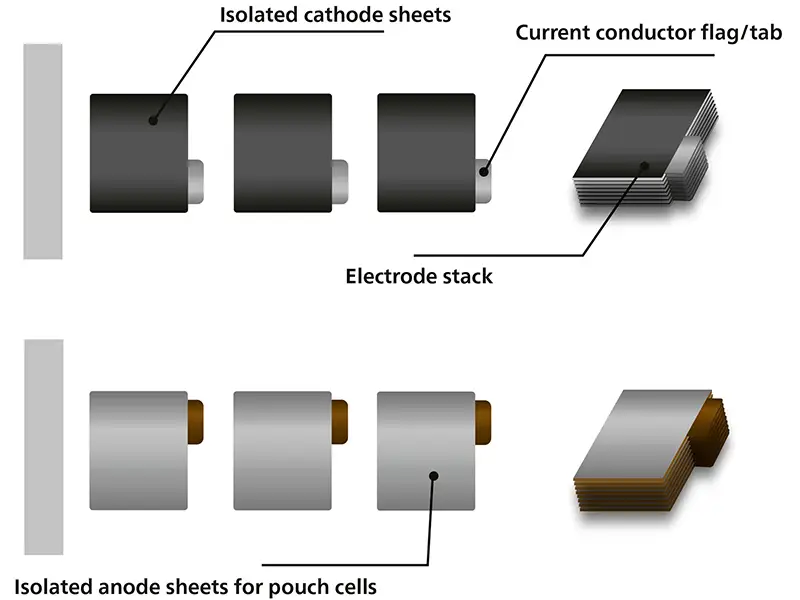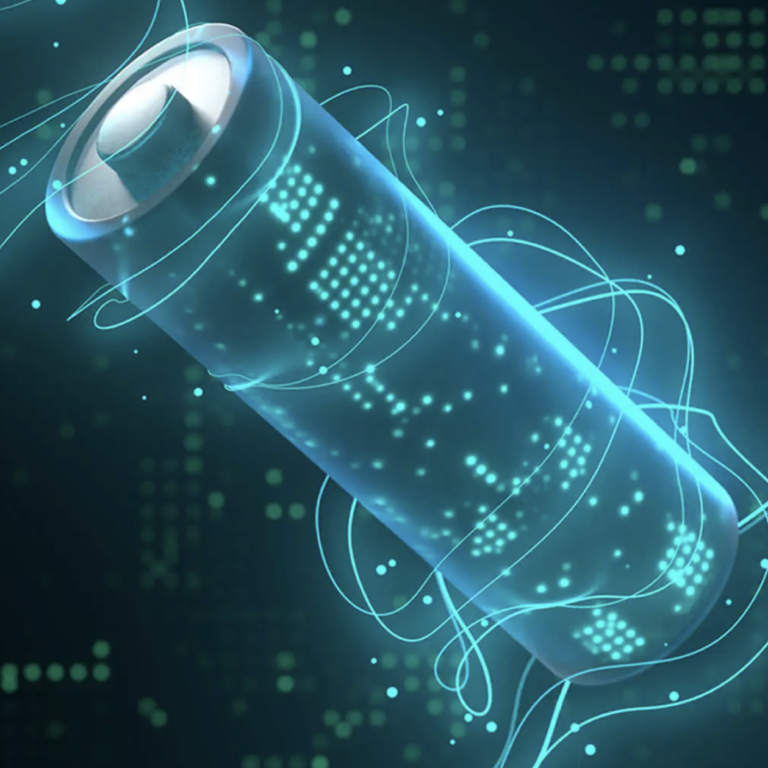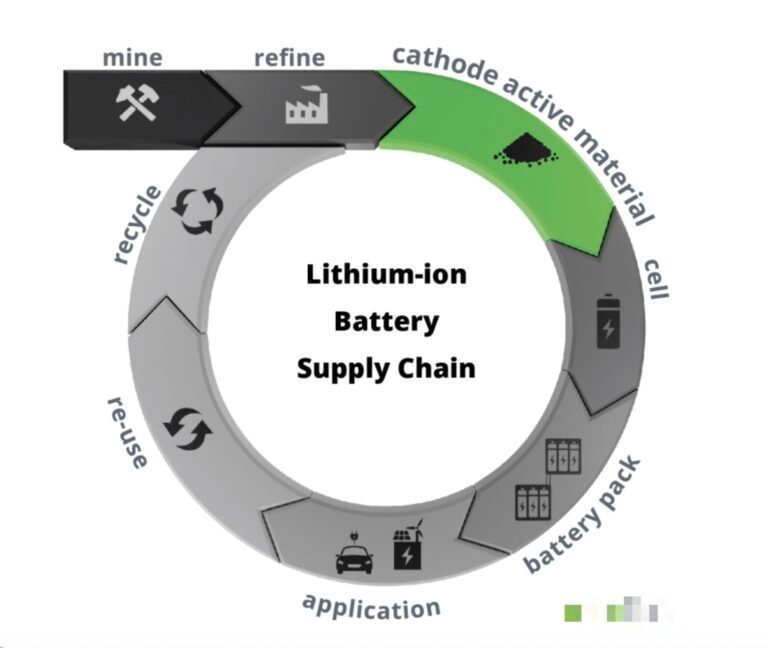Lithium-ion Battery Manufacturing Process – Electrode Slitting/Die Cutting/Laser Cutting Process
I. Lithium Electrode Slitting Process
- Principle: Slitting is a process that uses rotating blades or laser beams to cut the positive and negative electrode materials of lithium batteries.
During the slitting process, the positive and negative electrode materials are placed on a cutting table, and the precise movement of rotating blades or laser beams achieves the cutting of the materials.
- Main Methods: Rotary Slitting: Utilizes a rotary disc cutter to perform circular cutting on the electrodes, which is relatively cost-effective, but the cutting precision and edge quality may be slightly inferior to other methods. Laser Cutting: Uses a laser beam for non-contact cutting of electrodes, offering high precision, no burrs, and no stress, but the equipment cost is higher.
- Features: High Flexibility: Suitable for cutting electrodes of different thicknesses and materials. High Production Efficiency: Capable of quickly completing the slitting of a large number of electrodes. Wide Application Range: Applicable for both small batch production and sample preparation during the R&D phase.
- Requirements: High cutting precision is required to ensure the consistency of electrode dimensions and the smooth assembly of batteries. Edge must be smooth and burr-free to avoid adverse effects on battery performance and safety.
II. Lithium Electrode Die Cutting Process
- Principle: Die cutting is a process that uses steel molds to cut the positive and negative electrode materials of lithium batteries.
The shape and size of the mold are the same as those of the positive and negative electrodes of the lithium battery. By applying a certain pressure, the electrode materials are closely integrated with the mold to achieve cutting.
- Features: High Cutting Precision: Achieves consistency and accuracy in electrode dimensions. High Efficiency: Suitable for large-scale processing of electrode sheets. Low Cost: The mold can be reused after it is made, reducing production costs.
- Requirements: The precision and stability of the mold directly affect the alignment of the electrodes, so the precision and stability of the mold must be ensured. Appropriate pressure must be applied during the die cutting process to ensure the close integration of the positive and negative electrode materials with the mold for cutting.
III. Principle of Electrode Laser Cutting
The basic principle of laser cutting is to use a high-power density laser beam to irradiate the battery electrodes to be cut, heating the electrodes rapidly to a high temperature, causing them to melt, vaporize, ablate, or reach the ignition point to form holes. As the beam moves across the electrodes, holes continuously form narrow slits, completing the cutting of the electrodes.
Advantages of Electrode Laser Cutting
- High Cutting Precision: Laser cutting can achieve high-precision cutting of electrodes, with burr control stable within 0.01mm, ensuring the dimensional and shape precision of the electrodes.
- Good Flexibility: Laser cutting can easily adjust to different geometric shapes, eliminating the need for new cutting molds for different products, reducing production costs and changeover time.
- Excellent Cutting Results: Laser cutting has a small heat-affected zone, with flat and consistent cross-sections, avoiding the impact of burrs and impurities on battery performance.
- High Production Efficiency: Laser cutting has a high efficiency, 13 times higher than traditional metalworking processes, and is developing cutting technologies that are 46 times faster, improving the production efficiency of lithium-ion batteries.
Impact of Electrode Laser Cutting on Battery Performance
The quality of the electrode cutting edge during the electrode cutting process has a significant impact on battery performance and quality. Laser cutting, by optimizing cutting parameters, can reduce issues such as coating detachment, exposure of metal foil, and debris, thereby enhancing battery performance and safety.







